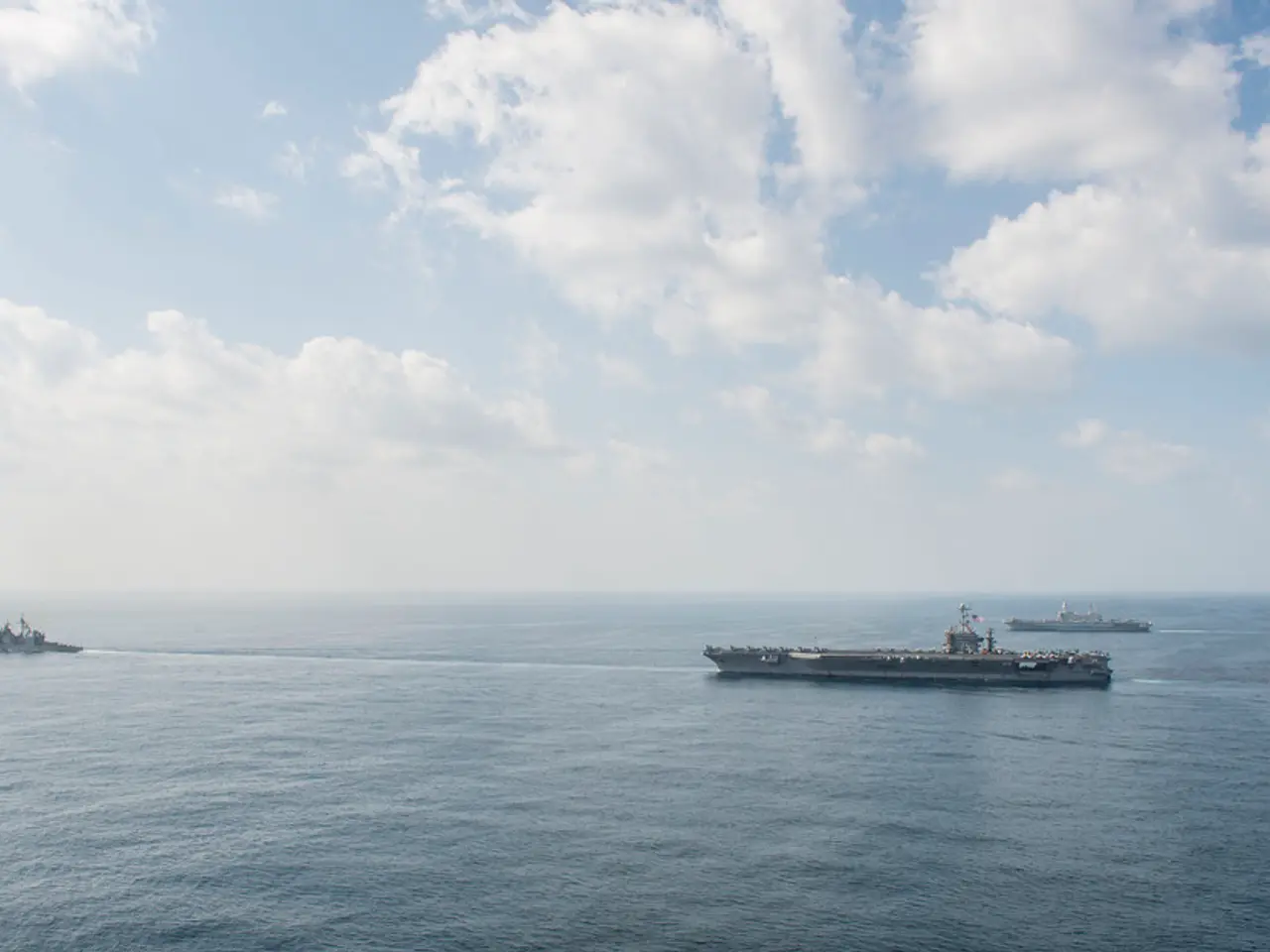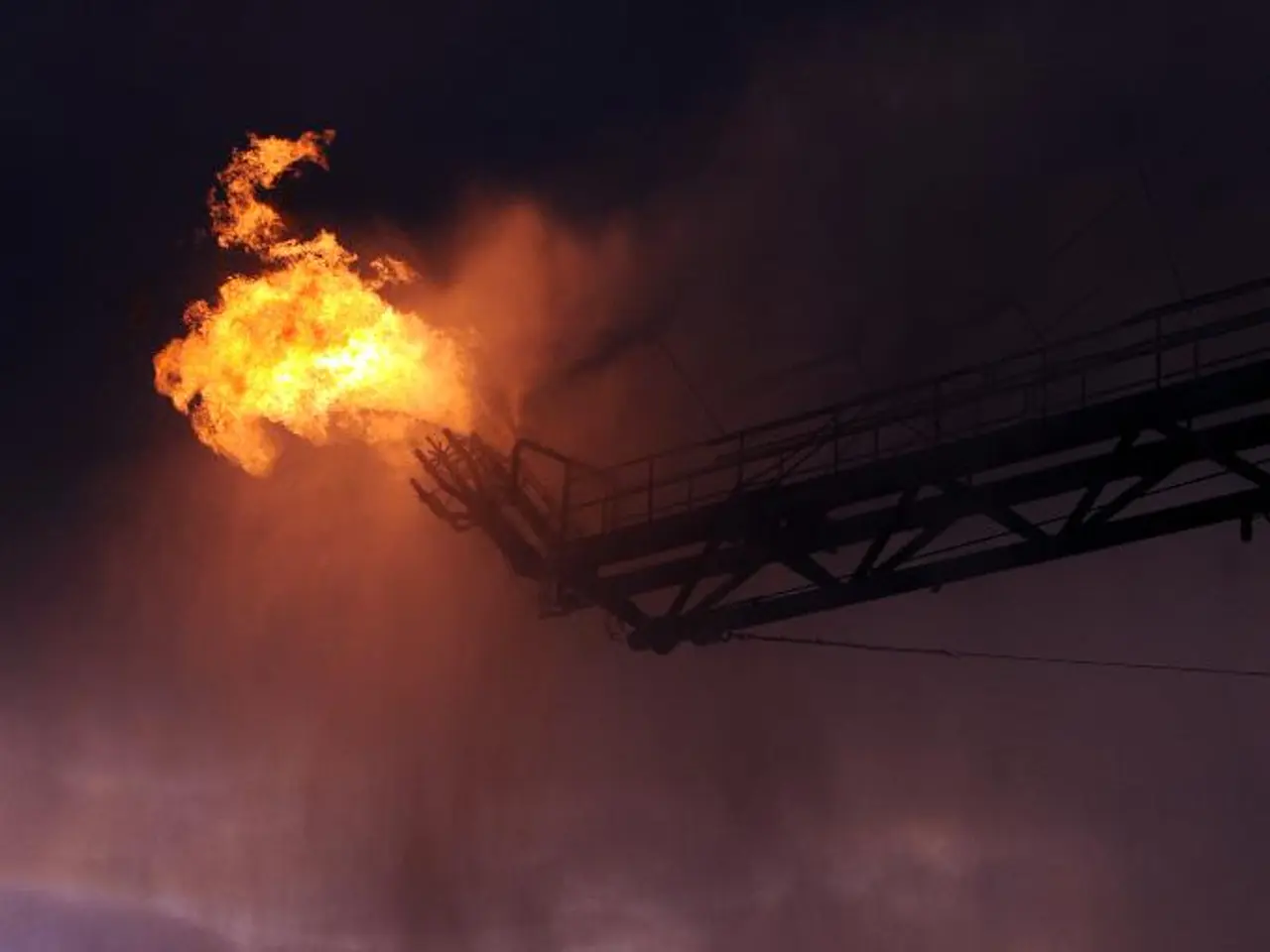Flight conditions requirements for aviators (Rain, Snow, Fog)
As a private pilot, most of your flying follows the 'see and avoid' principle concerning terrain and other traffic. But if you can't see it, you can't avoid it! Luckily, there are weather minimums for pilots to ensure you always have good visibility. Let's dive into the different types of minimums for private pilots and some essential tips before taking off.
Key Takeaways
- Weather minimums vary based on airspace class, altitude, and time of day.
- The "152" acronym can help remember VFR cloud clearance rules.
- Class E above 10,000 feet and Class G below 1,200 feet have special rules.
- Establishing personal weather minimums enhances safety, especially for new pilots.
What are Weather Minimums for Pilots?
Weather minimums are limits set for pilots regarding visibility and cloud cover. They allow pilots to fly using visual flight rules (VFR), assessing their separation from other air traffic and terrain by looking out the window. When weather conditions are below minimum, it becomes harder to maintain this goal.
The rules governing weather minima are complex due to factors like the type of airspace, altitude, time of day, and your personal comfort level. Here are the two crucial elements of weather minimums for pilots:
- In-flight visibility: Sufficient visibility to see other aircraft and terrain.
- Cloud clearance: Maintaining the correct vertical distance from clouds.
Weather Minimums for VFR Flight
Let's examine the weather minima for VFR flight more closely. Here's a table detailing pilot weather minima, according to 14 CFR 91.155:
| Airspace Class | Daytime Visibility (statute miles) | Nighttime Visibility (statute miles) | Cloud Base Height (feet) | Cloud Clearance Above (feet) | Cloud Clearance Below (feet) | Horizontal Distance from Cloud (feet) ||----------------|---------------------------------|----------------------------------|-------------------------|------------------------------|------------------------------|---------------------------------|| Class B, C, D | 3 | 5 | 1,000 | 1,000 | 500 | 2,000 || Class E 10K-FS | 5 | 5 | Not applicable | Not applicable | Not applicable | Not applicable || Class E 10K+ | 5 | 5 | 1,500 | 1,500 | 3,000 | 5 || Class G | 1 (day) | 3 (night) | N/A | N/A | N/A | N/A |
Remembering Weather Minimums
Learning weather minima can feel overwhelming at first, but don't fret! Many pilots use techniques to make things easier, such as:
- "C-D-G-3" + 152: Remember the "Cessna 152" airplane, which helps remember the cloud clearance rules (1,000 feet above and below, 2,000 feet horizontally).
- Learn the exceptions: The techniques above cover most of the airspace classes, but certain classes don't follow the 152 pattern. Be aware of these exceptions.
A Few More Hints and Tips
If the table is still challenging to memorize, here are some additional ways to get a handle on weather minima:
- Visual Cues: Find visual cues, like connections between airspace classes with similar minima, to simplify the process.
- Mnemonics: Create mnemonics to help remember the minima for each airspace class.
- Dedicated Study: Spend time Just focusing solely on learning the minima can be helpful.
- Practice: Apply the minima to various scenarios and flights to solidify your understanding.
In the next sections, we'll explore the factors that determine weather minimums, special considerations, and potentional dangers associated with weather. Stay tuned!
In the realm of aviation, weather minimums are crucial for private pilots as they set limits for pilots regarding visibility and cloud cover. These minimums allow pilots to follow Visual Flight Rules (VFR), ensuring they can maintain a safe distance from other aircraft and terrain (in-flight visibility) and maintain the correct vertical distance from clouds (cloud clearance). As a private pilot, it is important to be aware of weather minima's complexities, including airspace class, altitude, time of day, and personal comfort level. To simplify the process, many pilots use the "C-D-G-3" + 152 technique, aiding in remembering VFR cloud clearance rules, or create mnemonics for each airspace class.








